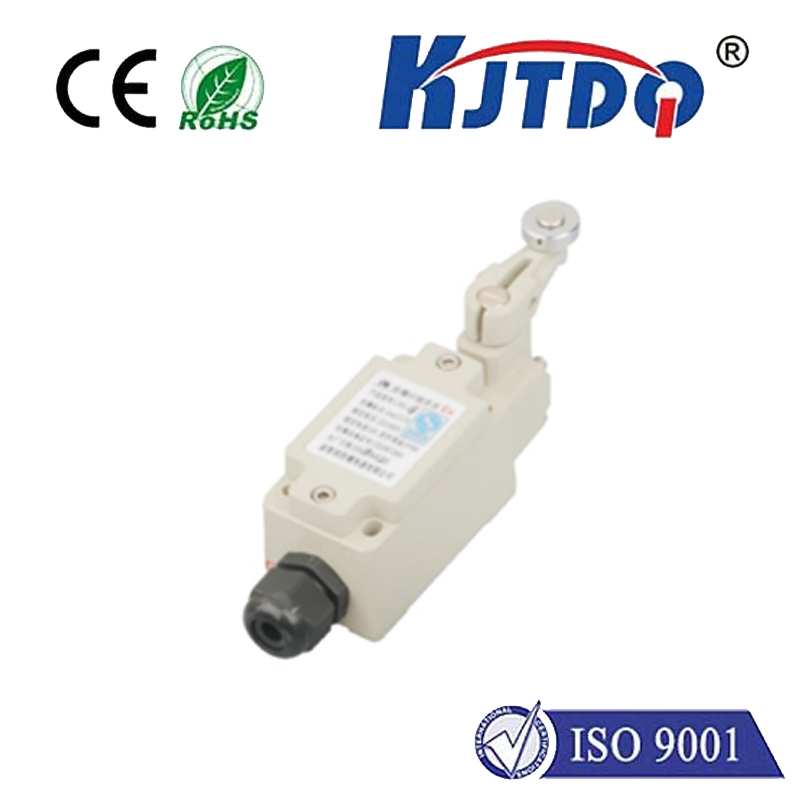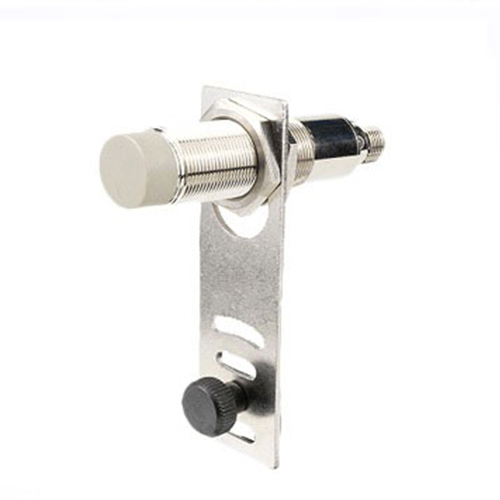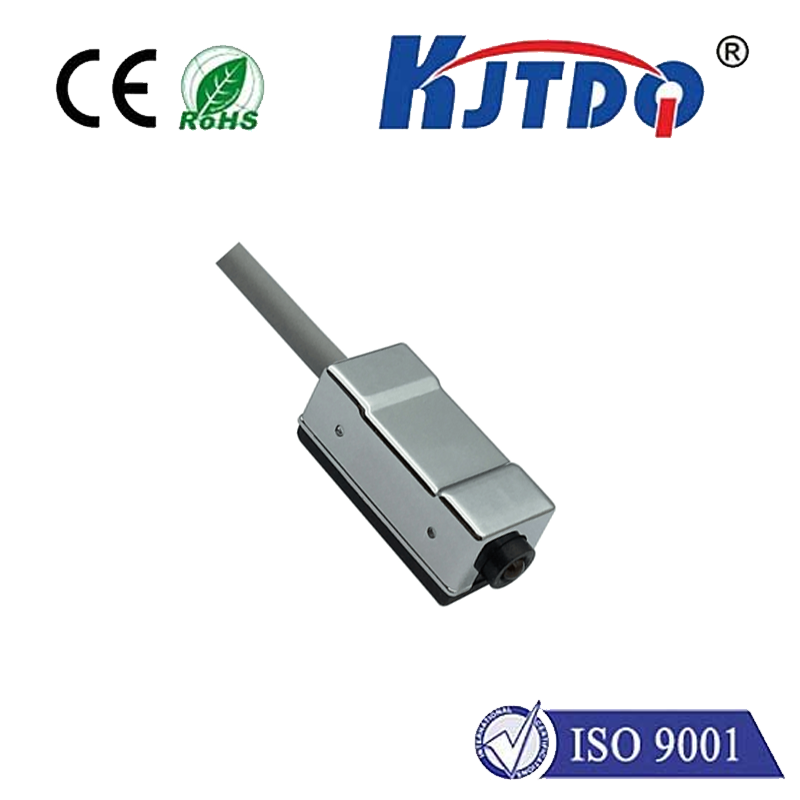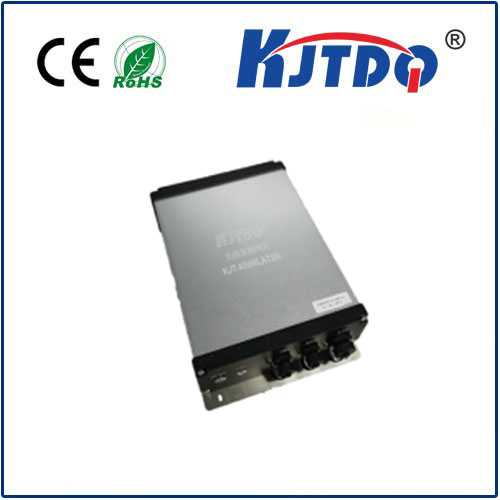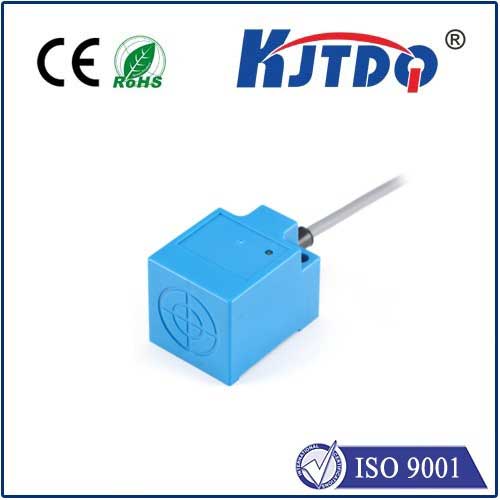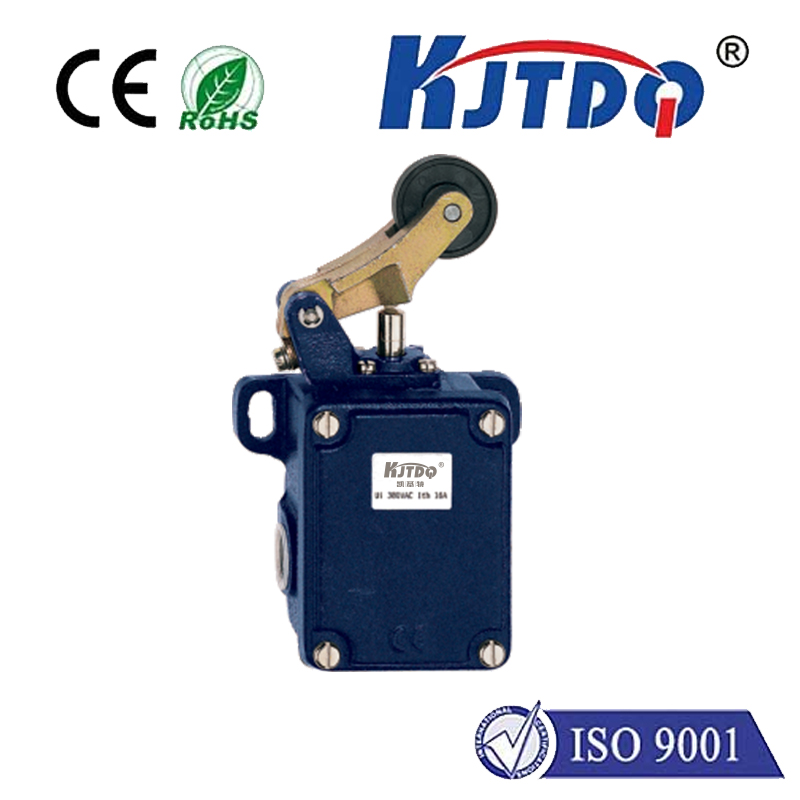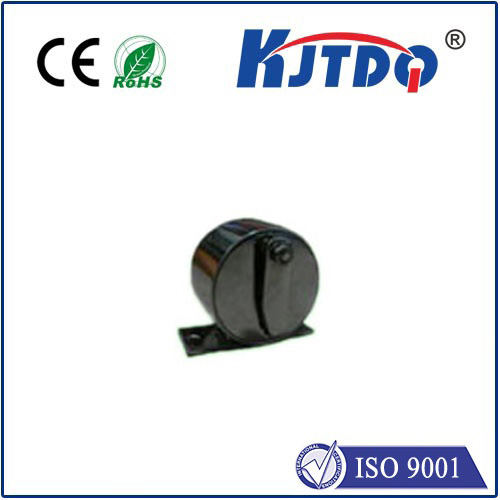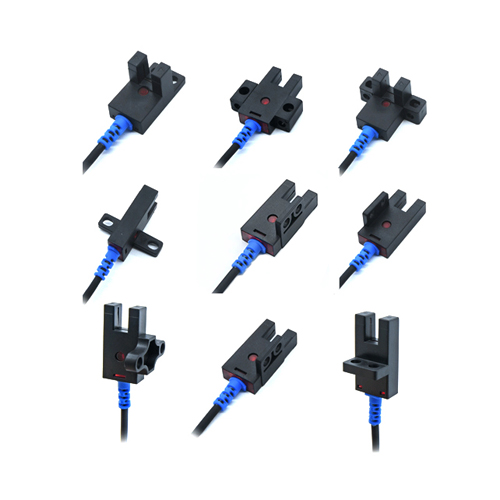Простой датчик приближения
- time:2025-07-18 09:03:53
- Нажмите:0
Simple Proximity Sensors: Your Unseen Guardian Against Collisions and Contact
Remember fumbling with complex electronics, wrestling with wires, or needing an engineering degree just to detect if something is nearby? Those days are fading thanks to the elegant solution of the Простой датчик приближения. These unsung heroes of automation and safety operate silently, efficiently, and with remarkable ease. They are the fundamental building blocks enabling countless devices to “know” their surroundings without physical touch, safeguarding people, protecting equipment, and streamlining processes. This guide demystifies these essential components, highlighting how their straightforward design delivers powerful results.
What Exactly is a Simple Proximity Sensor?
At its core, a simple proximity sensor is a non-contact electronic device designed to detect the presence or absence of an object within a relatively short, predefined distance – its sensing range. The key term here is “simple.” It refers to sensors that prioritize:
- Легко интегрируется: Often designed with plug-and-play capabilities or minimal wiring.
- Straightforward Operation: Typically requiring minimal configuration or calibration. Set it up, power it on, and it works.
- Reliability: Built for consistent performance in their intended environments without complex maintenance.
- Cost-Effectiveness: Offering excellent value for basic detection needs compared to more sophisticated (and expensive) counterparts.
These sensors perform a fundamental task: They output a signal (usually a simple ON/OFF switch) when an object enters their detection zone. This binary output makes them incredibly versatile and easy to interface with controllers like PLCs, microcontrollers (Arduino, Raspberry Pi), or even simple relays.
How Do Simple Proximity Sensors Work? (The Magic Behind the Simplicity)
While “simple” in application, the underlying technology is clever. The most common types for straightforward applications are:
- Inductive Proximity Sensors:
- Principle: Generate an oscillating electromagnetic field. When a metallic object enters this field, it induces small electrical currents (eddy currents) within the metal.
- Detection: These eddy currents absorb energy from the sensor’s coil, dampening the oscillation. The sensor’s internal circuit detects this change and triggers an output switch.
- Key Advantage: Excellent for detecting metal objects in harsh industrial environments (dirt, dust, moisture) because they don’t require physical contact and are robust. Simple inductive sensors are ubiquitous on factory floors.
- Capacitive Proximity Sensors:
- Principle: Generate an electrostatic field.
- Detection: When any object (metal, plastic, wood, liquid, even your hand) enters this field, it alters the sensor’s capacitance.
- Output: The sensor’s circuitry detects this capacitance change and activates its output.
- Key Advantage: Versatility in detecting a wide range of materials, making them perfect for level detection in tanks (liquids, powders), presence detection of non-metallic parts, or touchless control panels. Their simplicity shines in diverse applications.
Photoelectric sensors (using light beams) and ultrasonic sensors (using sound waves) also offer proximity detection, but often involve slightly more complexity in setup or interpretation compared to the fundamental inductive and capacitive types for pure “presence/absence” tasks.
Where “Simple” Makes a Big Difference: Real-World Applications
The beauty of simple proximity sensors lies in their widespread utility. Here’s where their simplicity and reliability are indispensable:
- Collision Avoidance in Machinery: Protecting robotic arms, CNC machine tools, or automated guided vehicles (AGVs) from crashing into obstacles or personnel. A simple inductive sensor acting as a limit switch is crucial safety tech.
- Object Counting & Presence Verification: On conveyor belts (detecting bottles, boxes, parts), assembly lines (confirming a component is in place before the next step), or vending machines (verifying an item has been dispensed).
- Position Sensing: Confirming if a door, gate, or guard is fully closed and locked before machinery can operate safely (a vital safety interlock).
- Level Detection: Capacitive sensors effortlessly detect liquid levels in tanks (without needing floats) or powder levels in hoppers. Simple, reliable, and low maintenance.
- Consumer Convenience: Touchless faucets and soap dispensers often use capacitive proximity sensors. Parking sensors in cars frequently employ ultrasonic proximity tech.
- DIY & Maker Projects: The ease of use makes simple proximity sensors incredibly popular with hobbyists for projects like interactive art installations, automated plant watering systems, or security triggers using Arduino or Raspberry Pi. Their low cost and straightforward wiring are perfect for experimentation.
Why Choose a Simple Proximity Sensor? The Compelling Benefits
Beyond their specific detection capabilities, the fundamental advantages driving the popularity of these sensors include:
- Non-Contact Operation: Eliminates wear and tear caused by physical switches, ensuring longer lifespan and consistent reliability. No moving parts to fail mechanically.
- High Reliability & Speed: Capable of detecting objects quickly and consistently, millions of times over. Ideal for fast-paced industrial processes.
- Robustness: Particularly inductive sensors, are often housed in rugged casings (e.g., stainless steel) resistant to dirt, dust, moisture, oils, and vibrations, making them ideal for demanding industrial settings.
- Low Maintenance: Once installed and configured (which is minimal), they typically require no ongoing maintenance beyond occasional cleaning.
- Cost-Effective Solution: For basic presence/absence detection, they are often the most economical sensing solution available.
- Ease of Installation & Use: Plug-and-play functionality or simple wiring diagrams make them accessible even to non-experts. No complex programming needed for basic operation.
Key Considerations When Choosing a “Simple” Sensor
While designed for ease, selecting the right sensor involves a few crucial factors:
- Target Material: Metal? Choose inductive. Plastic, wood, liquid, or anything else? Capacitive is usually the simpler choice.
- Sensing Range: How far away does the object need to be detected? Ensure the sensor’s specified range meets your requirement (and note that capacitive sensors can sometimes be influenced by material density).
- Operating Environment: Consider temperature extremes, exposure to chemicals, water (IP rating!), or intense vibrations. Choose a sensor rated for these conditions. A simple sensor exposed to conditions it can’t handle will fail simply.
- Output Type: NPN or PNP transistors, or NO/NC (Normally Open/Normally Closed) are common. Ensure compatibility with your controller’s input (e.g., PLC, microcontroller).
- Size & Mounting: Physical constraints matter. Ensure the sensor fits the available space and can be mounted securely.
Simple proximity sensors are the quiet workhorses of modern automation and safety. They transform the fundamental ability to “sense presence” into a reliable, cost-effective, and incredibly easy-to-implement solution. From preventing multi-ton machines from crashing to triggering your touchless faucet at home, their elegant simplicity masks a powerful capability. By understanding their core operating principles – inductive for metal, capacitive for almost anything – and key benefits like non-contact operation, ruggedness, and easy integration, you unlock the potential to add intelligent detection to countless applications. They prove that sometimes, the simplest solution truly is the most effective guardian against collisions and the silent sentinel confirming that things are exactly where they should be. Whether enhancing industrial safety, streamlining production, or powering a DIY creation, these fundamental sensors remain an indispensable tool.
